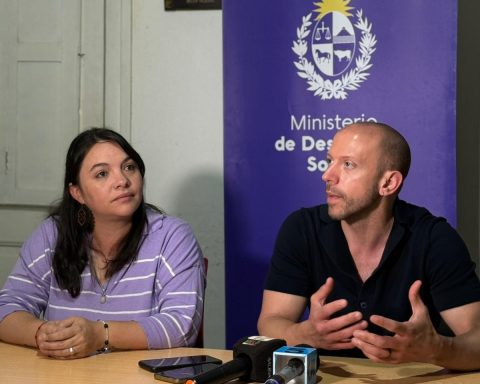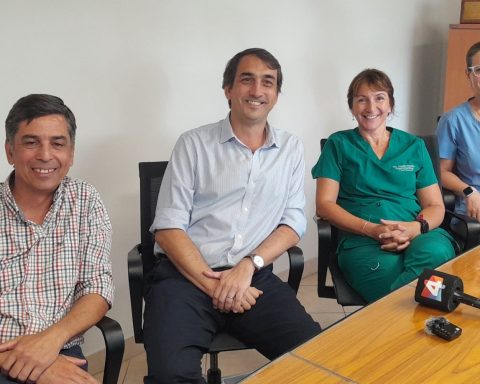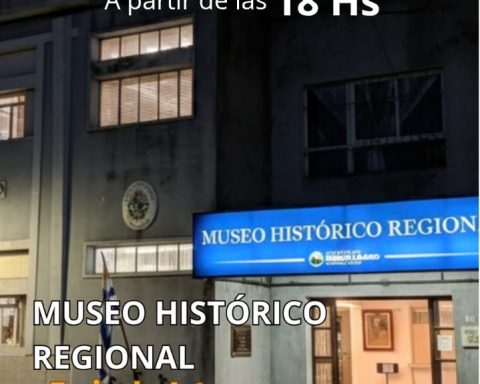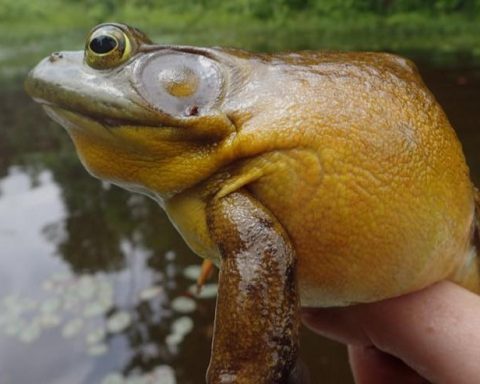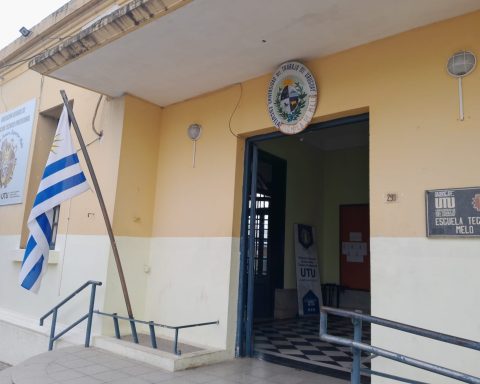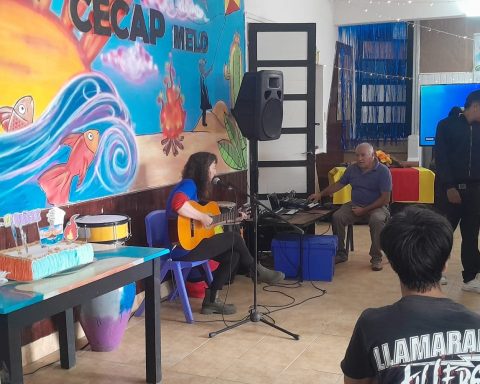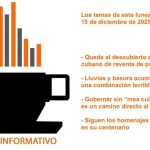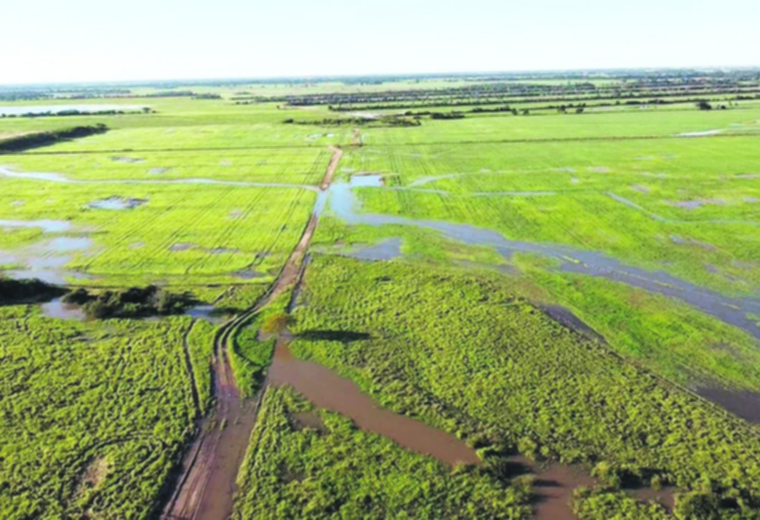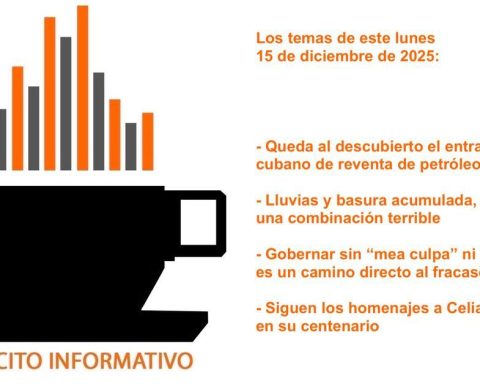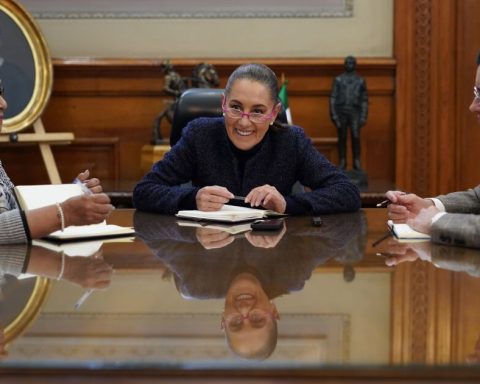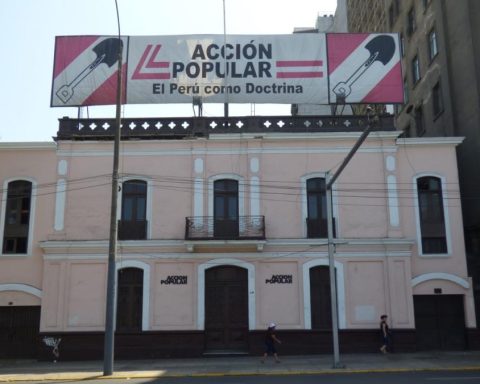If a 100-gram package of “María” cookies has the same amount of salt as a glass of water –following the example used by the Minister of Public Health, Karina Rando, when it was questioned in May–, with the increase in sodium that OSE plans to ask for, the same glass of water will become equivalent to two packets of cookies.
OSE wants to increase the values of sodium and chloride in the water and is negotiating authorization with the Ministry of Public Health (MSP) for the portfolio to authorize it a second time. The measure aims at maintain the freshwater reserves of Paso Severino until mid-July that supplies Montevideo and the metropolitan area. The proposal of the general management is that raise sodium to at least 900 milligrams per liter of water –Today it is at 440 mg/l and the standard for “drinking water” admits up to 200–.
But in the MSP they do not see this proposal viable. According to scientists, these values would make the water unfit for human consumption.
If the new value is approved —and taking into account that sodium chloride, better known as salt, is a molecule in which 37% is sodium and the rest is chloride—each liter of water that is drunk from the tap would imply the intake of 2.29 grams of salt. To put it more simply: a human being drinks, on average, two liters of water per day. In those two liters —if you drink everything from the tap and do not alternate with bottled water— 4.58 grams of salt enters the body. And therefore just drinking the daily water would almost meet the maximum salt recommended by the World Health Organization (WHO). There would be no room to eat the “María” cookies, but neither would there be room for basic fruits and vegetables.
That’s why he dean of the Faculty of Medicine of the University of the Republic, the intensivist Arturo Briva, admits to The Observer that “with a gram or more of salt in the water (as foreseen by OSE) can no longer indicate human consumption”.
Briva is the spokesperson for the commission that technically advises health in the face of the water crisis. According to some of the members of that commission, there is no national or international standard that indicates from what values of salt the water passes to not be suitable for human consumption. Because if the most basic definition is considered, the one stated by the Royal Spanish Academy, water has ceased to be potable, and therefore suitable for drinking, since it exceeded 200 mg/l at the beginning of May.
However, the professor of Toxicology Alba Negrín considered that the levels are “at the limit” and that if the values increase “drinking is impossible”, although it depends on the population, for example, if they are healthy or hypertensive young people.
“The danger to health is evaluated in its effect on chronic consumption”, that is, for a long time, “this is the basis of the transitory exception” granted by the MSPexplained the coordinator of the water analysis unit of the Faculty of Chemistry, Alexandra Sixto.
The reasoning of the technicians is simple. When Uruguay was not going through its biggest water crisis in 70 years, the fresh water used for purification concentrated 20 mg of sodium per liter of water. The regulations were “lax” and left room to increase that average by about ten times. In May, when the main sources such as Paso Severino or the big Santa Lucia began to dry up, there was an exceptional increase. So the academics reasoned: the WHO recommends not exceeding 5 grams of salt per day, There are populations at risk (especially hypertensives, with kidney disease and babies) who should now combine tap water with water that is not tap water, and in turn should reduce salt in other foods. But now, with the OSE proposal, there is no longer where to discount salt intake, already reaches the limit even for a healthy young man, and stopping drinking water is not an option. That forceful, that complex.
Briva explained that hThere is a percentage of the population whose tolerance to sodium values may be greater and whose kidneys have a greater processing capacity, “which does not mean that they are exempt from effects when faced with a rise in sodium concentration.” But even for that population, he added, “the taste of the water is likely to become so salty as to be intolerable.”
ANDhe interim Minister of Health, José Luis Satdjiansaid to The Observer that “there is almost no evidence on what is the tolerable limit (of sodium) in water” and that The portfolio is “under study” whether or not it allows the shifting of the allowed concentration levels. According to the hierarch, “the WHO gives a recommendation, as it also suggests not to consume alcohol or not to smoke, but that does not mean that it is prohibited in the countries.”
Along these lines, Satdjian added, the Uruguayans “They consume almost twice as much salt per day” than that recommended by the WHO. So, he wonders, “What is the limit? The one set by the WHO? The real consumption of Uruguayans? Under what evidence?
The academy, Briva insisted, “is not the one that makes the decision… it only gives technical reports in response to specific queries and factual decisions.”
The worst water crisis in more than 70 years led to the Ministry of Public Health request the technical assistance of at least five chairs of the School of Medicineof the Commission on Cardiovascular Health and the National Academy of Medicine. And while the name of the board of experts —Honorary Water Advisory Commission— is less catchy than the acronym GACH, In practice, it occupies a similar role to the scientific group that advised the government during the health emergency: the Executive makes a consultation and the commission returns a technical report with recommendations.
The decision, beyond the technical report, is the exclusive spring of the Executive.
What is the status of the reserves while the rise in sodium and chloride in the water is being discussed?
The water level in Paso Severino is 2,887,394 m3, that is, some 800,000 cubic meters less water than what it had the previous week. The level dropped 15 centimeters between this Monday and Tuesday.
ANDhe metropolitan area consumes about 540 thousand cubic meters of water per day. To ensure the supply, OSE was taking some 200,000 cubic meters of saltwater and ones 150,000 of fresh water from Paso Severino and the rest from what the Santa Lucía River brings. Those proportions will vary to take more cubic meters of salt water and less of fresh water.
The objective is to reduce the proportion of Paso Severino from 150 thousand cubic meters that are being taken today to 100 thousand or 50 thousand cubic meters per day to “prolong reservations beyond the first fortnight of July”, explained the director of OSE for the Broad Front, Edgardo Ortuño.
Under this scenario, part of the tap water supply that is reaching the inhabitants of Montevideo and the metropolitan area has already exceeded the permitted levels.
The chloride and sodium levels allowed by the MSP in May exceeded a few days and in some OSE pumping lines, despite the fact that there was no authorization to do so. According to reports released by OSE, this Sunday the sixth pumping line –marked in blue and that supplies the west of the metropolitan system– had sodium levels of 508 mg/l –the authorized limit is 440mg/l–. Chlorides were also above, with 814 mg/l. On Saturday the levels of sodium and chlorides allowed in the sixth line were also exceeded – it reached 493 mg/l of sodium and 814 mg/l of chloride.
According to samples who took the Municipality of Montevideo on June 12the allowed parameters were also exceeded in several neighborhoods, for example, in Casabo, which reached a value of 878 mg/l of chloride and 510 mg/l of sodium and in Dive there were 818 mg/l of chloride and 491 mg/l of sodium.
Option B: bottled water
The President of the Republic, Luis Lacalle Pou, declared a water emergency and said that OSE’s water supply is assured. “Later we will tell you about the quality of it, if it deteriorates or if there is any change planned,” he clarified.
Anticipating that the amount of salt in the water will increase, the Executive targeted bottled water and decided to remove taxes on that product as an alternative for consumption.
